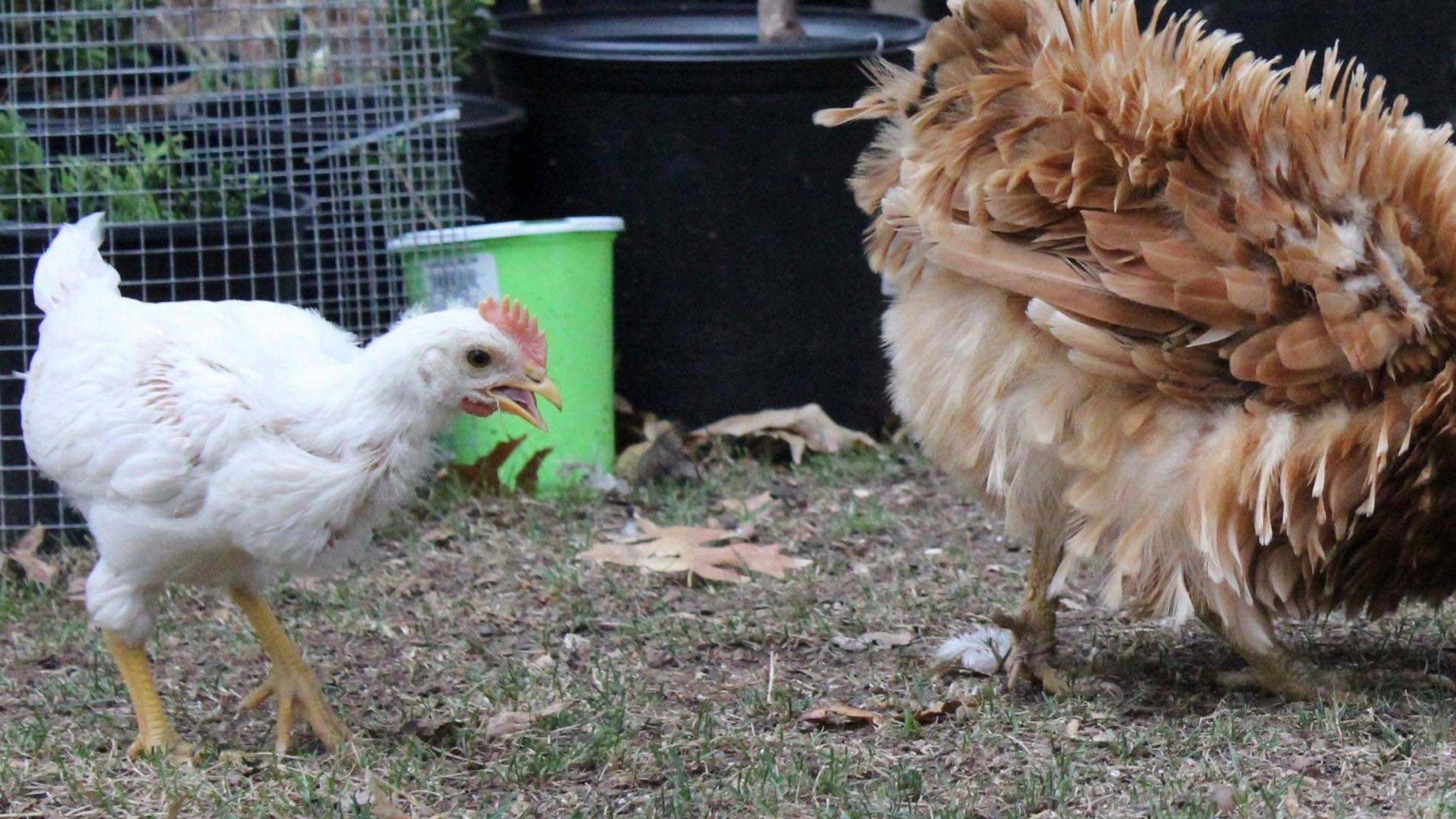Table of Contents
- How to Sex Newborn Chickens
- How to Tell the Sex of Chickens as They Grow
- How to Tell Rooster from Hen Using Hackle and Saddle Feathers
- Behavioral Clues in Sexing Baby Chicks
- Common Myths About Sexing Chicks
- Final Thoughts on Sexing Male and Female Chickens
Whether you're raising day-old chicks, started pullets and cockerels, or hatching your own, it's essential to know how to sex chickens accurately. Understanding the differences between male and female chicks helps with flock planning, egg production, and behavior management. While some methods require professional skill, others can be used by observant backyard chicken keepers. This guide will walk you through multiple methods, their reliability, and when each is best applied.
How to Sex Newborn Chickens
When chicks are only a day or two old, some specialized methods can be used to determine their sex. These are typically done by hatcheries but can be helpful to understand.
1. Vent Sexing
This is the most accurate but also the most complex and risky method, typically used by professionals in hatcheries. It involves gently squeezing the chick to expel fecal material and inverting the cloaca to check for a small male organ. This must be done within the first 24 hours, ideally before the chick has been fed, and should not be attempted without training. Mistakes can be fatal, and even trained experts can only achieve around 90% accuracy.
2. Feather Sexing (Wing Sexing)
This technique is only effective for certain breeds. In sexable breeds, female chicks show wing feathers of alternating lengths while male chicks have wing feathers all of the same length. This must be done on day-old chicks, as it becomes difficult to distinguish after a few days. It's easy to learn but not universally applicable.
3. Sex-Linked Breeds
Some hybrid breeds are specifically created for visual sexing at hatch based on color or feather growth rate. In these, males and females hatch with distinctly different appearances. This method is one of the most reliable for early sexing, but only works if the parents were bred specifically for this trait.
Some popular sex-linked varieties include Black Sex-Link, Red Sex-Link, and Golden Comet. These birds are created by crossing specific parent breeds, and their chick color or feathering clearly shows their sex at hatch. However, sex-linked chicks do not breed true, so you’ll need to maintain pure parent stock to produce them again.

How to Tell the Sex of Chickens as They Grow
As your chicks mature, physical traits become more reliable indicators of sex, especially after the first few weeks. Here's what to look for at each stage:
6–8 Weeks: Early Feather and Comb Development
-
Pullets (females) tend to develop feathers faster and look more fully covered by 6 weeks.
-
Cockerels (males) may still have patchy fluff on their necks, backs, or wings.
-
Around 6–8 weeks, you’ll also start to see subtle differences in comb and wattle size. Males often begin to develop larger, redder combs and wattles, while females’ features remain smaller and paler.
This is a general trend and works best when comparing birds of the same breed and hatch date.
8–12 Weeks: Reliable Comb and Wattle Comparison
-
At this stage, comb and wattle development becomes more obvious and is a reliable sexing method for most breeds.
-
Cockerels will show more prominent, red features.
-
Pullets will still be developing slower, often with less color and size.
12–16 Weeks: Hackle and Saddle Feather Shape
For many flock keepers, identifying excess cockerels early means preparing them for processing later. An automatic chicken plucker makes this step far more efficient than hand-plucking.
-
By now, feather shape is a highly accurate indicator of sex:
-
Hackle feathers (neck area) are long and pointed in males, short and rounded in females.
-
Saddle feathers (lower back near the tail) are long and curved in males but absent or rounded in females.
-
Hackle feathers (neck area) are long and pointed in males, short and rounded in females.
- These differences are especially easy to spot in breeds with sharp contrast between male and female plumage.
Important Note: This method is not reliable for all breeds. For example, Silkies have unique feather types lacking barbs, making them appear fluffy throughout and nearly impossible to sex based on feathering alone.

How to Tell Rooster from Hen Using Hackle and Saddle Feathers
From around 12 to 16 weeks of age, feather shape becomes a clear indicator of sex.
- Hackle feathers (on the neck) are long and pointed in roosters and cockerels, while they are shorter and more rounded in hens and pullets.
- Saddle feathers, located at the base of the tail, are also long, thin, and pointed in males. Females don’t grow these feathers.
Some breeds, like the Cochin, have what’s known as a cushion instead—a rounded, fluffy area at the tail base. Mature roosters often have flowing, glossy hackle and saddle feathers that give them a more dramatic look compared to their female counterparts.

Behavioral Clues in Sexing Baby Chicks
Behavior can offer hints about chick gender, though it's not foolproof.
- Cockerels may act more dominant early on, puffing up, standing tall, or being the first to explore or challenge others.
- Pullets are often calmer and more submissive in behavior.
- Male chicks may rush to food first or make low cooing noises to alert others, a protective instinct observed even at a young age.
Some people claim that if you hold a chicken upside down by the legs or neck, females will kick and resist while males go limp—but this is more folklore than fact. Behavior varies by individual bird and breed, so while useful, this method should be taken with caution.
Common Myths About Sexing Chicks
Several methods circulate among chicken keepers that are more superstition than science. These include:
- Egg shape as an indicator of chick gender
- Pendulum or ring swing tests (circle = girl, back and forth = boy)
- Candling eggs to see the chick’s sex
These are not backed by science and are not reliable in determining the gender of chicks.
Final Thoughts on Sexing Male and Female Chickens
For backyard chicken owners, the most practical and accurate methods involve observing feather growth, comb/wattle development, and feather shape over time. While methods like vent sexing and feather sexing have their place, they’re either too specialized or not universally reliable.
If you're unsure, the most accurate way to determine your chicken's sex is simply to wait:
- Pullets will begin squatting and nesting as they approach laying age (around 18+ weeks).
- Cockerels will start crowing and showing more assertive behavior by 12–16 weeks.
For absolute certainty—especially for breeders or show bird owners DNA testing (through feather or blood samples) can confirm sex with near 100% accuracy, although it's more costly and rarely used for general flocks.
Until then, enjoy getting to know your flock and be ready for a few surprises along the way. Visit Hatching Time Blog to learn more about poultry.
Written by:
Poultry Enthusiast & Expert








